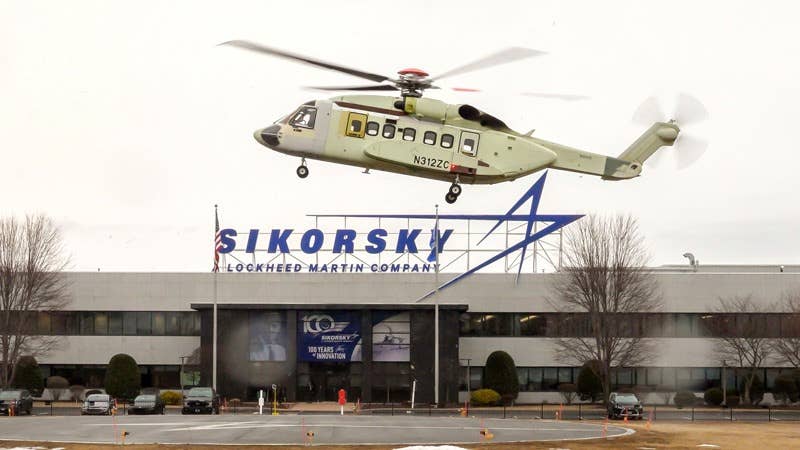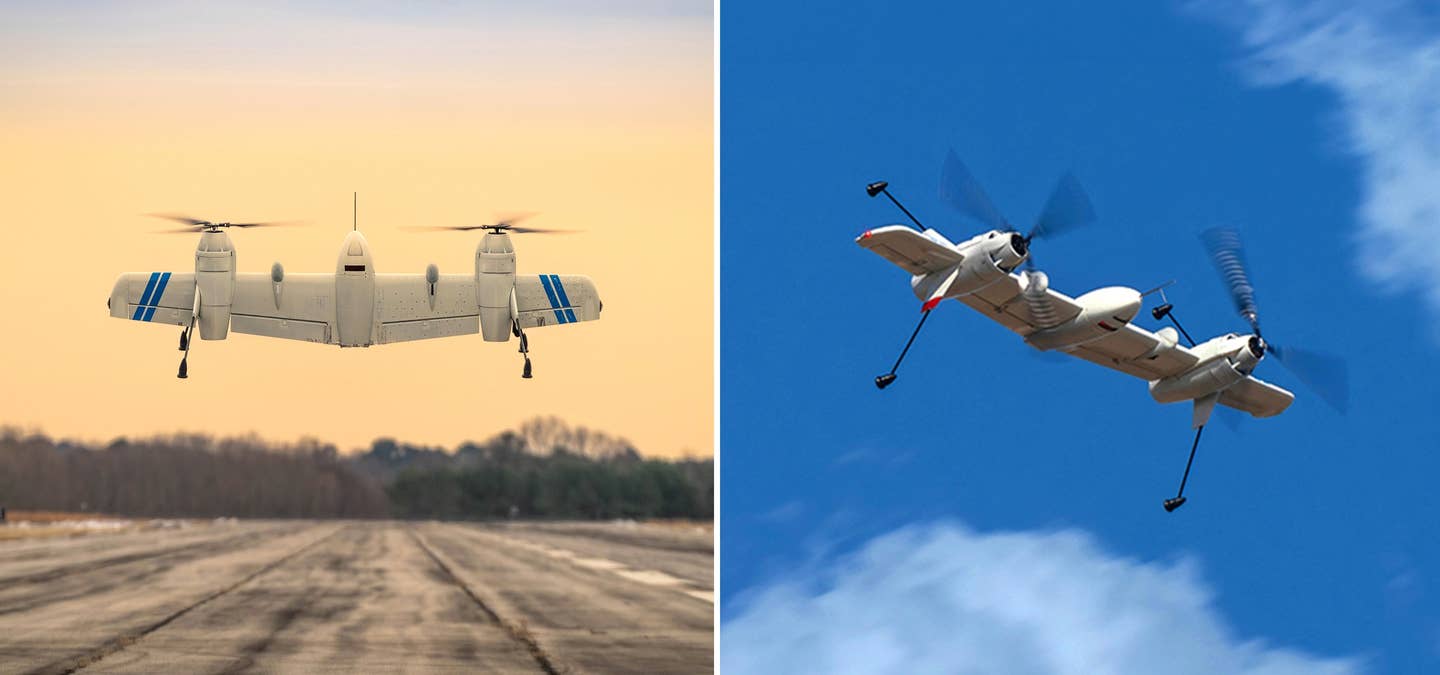
Recent data indicates that pilot certification changes have had far-reaching effects on pilot certification levels for commercial and ATP pilots.
Following the FAA’s 2013 change in certification requirements for becoming an ATP-rated pilot, a requirement for hiring by Part 121 carriers, FAA data shows the number of ATP practical tests being administered in the United States is declining, following two years of declining numbers of applicants for the ATP knowledge exam. ATP numbers peaked in 2016 at over 8,000 certificate issuances. If the current monthly trend continues this year, that number is expected to reach only about 3,300.
Additionally, the overall number of pilots earning commercial multi-engine certificates has remained flat while the percentage of those tests being completed by U.S. pilots has declined significantly. In 2007, fully two-thirds of commercial multi-engine certificates went to U.S. citizens. By the end of last year, U.S. citizens earned slightly less than half the multi-engine commercial certificates issued in this country.
While the number of non-U.S. pilots training in flight schools here is increasing, most non-U.S. pilot graduates eventually depart for cockpit careers in other parts of the world, making them unavailable to fill any U.S. commercial pilot positions. These students provide valuable flight time to U.S. instructors employed at flight schools, experience that will eventually lead them to qualify for their own ATP certificate and feed the pilot demands here in the states, but with fewer U.S. commercial qualified pilots, the overall number available for airline employment will likely decline.
These numbers indicate that flight departments not already experiencing a shortage of pilots are going to begin seeing one in the near future.
(Flying contributor Jason Blair is a CFI and an FAA-designated pilot examiner in Western Michigan.)

Sign-up for newsletters & special offers!
Get the latest FLYING stories & special offers delivered directly to your inbox






